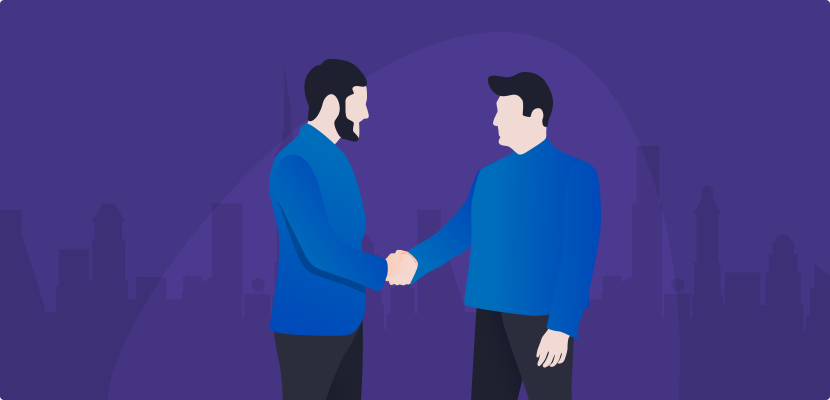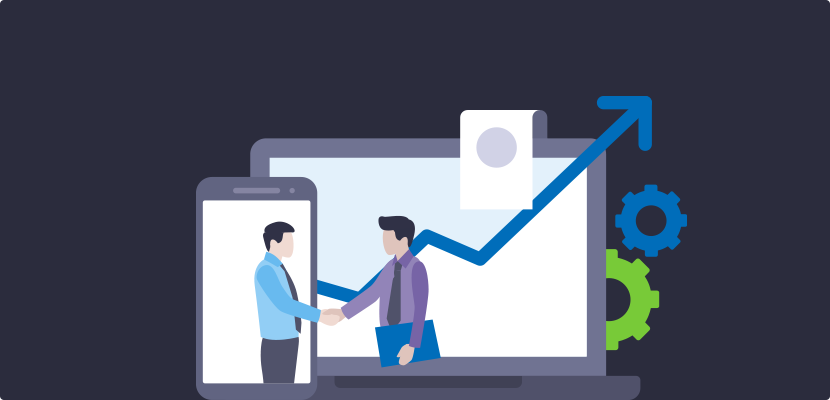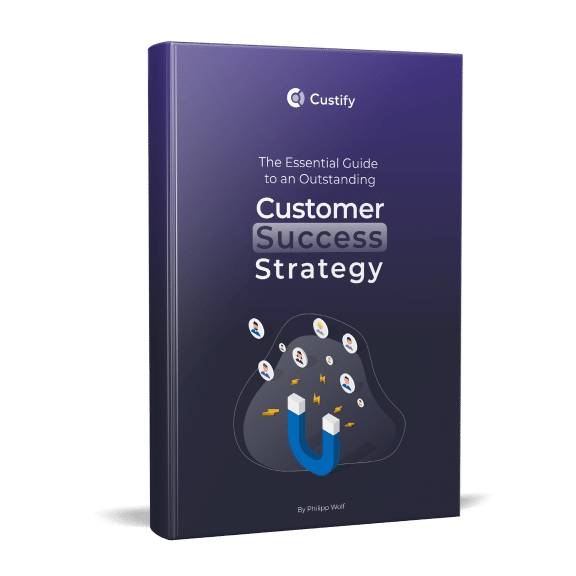Every business depends on satisfied, happy customers, and a great customer success program is a leap in the right direction. You want your customers to have more than an “okay” experience. You want customers that utilize your service to meet their goals. To ensure your customer’s success, you’ll need a comprehensive customer success process that works for them. That’s what we’re bringing you today.

What is Customer Success?
Customer success is the natural evolution of customer service. Customer service is reactive. A customer has a problem, they make a call or open a chat, and someone helps resolve the issue. The customer drives customer service.
Customer success is proactive. Your company ensures that your service is meeting the needs of the customer. You make sure they understand the service and how it works and respond quickly to any issues, questions, or feedback they may have. While it doesn’t replace your support team, a good customer success process does make your customer support and service efforts significantly more efficient.
The goal of customer success is to reduce churn. You want customers to stick with your service and renew. That only happens if your service is meeting their needs.
What Does the Customer Success Process Look Like?
A customer success process isn’t formulaic. It’s tailored to your customers and your service. It should include some or all of the following, though:
Knowing the Customer
Different customers have different needs. A small business that’s just starting out will have different needs and expectations from a medium-sized, established business. You may want to dedicate specialized team members to each type of customer you have.
As soon as your customer has opted into your service (or even before), reach out to them. Identify what their goals are and set milestones for achieving those goals.
Communication
Reach out to your customer regularly. Go beyond the typical “hey, just checking in to see how things are going.” Add value to each communication. This may include tips, tricks, or training materials to enhance your customer’s experience.
Find Key People
In order for a business to utilize your service, you need buy-in from the people that matter—the decision makers. If you have them on board, they’ll utilize your service and onboard their teams as well. The more people using your service within a business, the less likely they are to cancel, which means more money for you.
Coordination
As customer questions or issues arise, it’s the Customer Success team’s responsibility to ensure those problems are solved. This may mean reaching out to different departments within your company to resolve the issue.
Accountability and Expectations
Be clear with the customer about what they need to do on their end to successfully use your service. Set dates and milestones, and celebrate when your customer meets those milestones. If your customer isn’t meeting those milestones, work with them to determine why. They may simply not understand what to do, in which case it’s an opportunity to educate them, or they may just not have time, in which case you can set a new date for meeting the milestone.
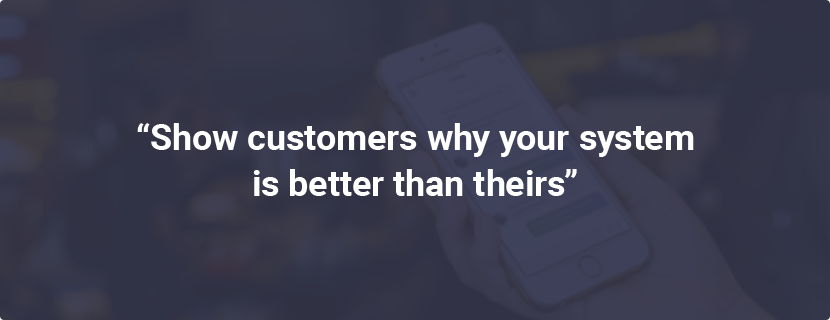
Implementing a Customer Success Process
In order to implement a customer success process, you need to know your company’s strengths and weaknesses. If you’re a start-up, for example, you may not have a system in place yet to track your customer’s experience. If your company is larger and more established, you may just need to tweak the systems already present.
To decide on what customer success looks like for your company, consider your customer. What does implementing your product look like for them? How can you reach out to them at each step in the process?
Though the exact steps will vary, typically a customer will progress through several stages:
1. First impressions. When a potential customer first hears about
your
service
and begins thinking about how utilizing it will benefit them.
2. Evaluation. The potential customer learns more about your
service and
decides whether they want to buy.
3. Buying. They sign on the dotted line. They want to use your
service, but
may
not be sure exactly how it all works.
4. Onboarding. You work with the customer to implement your service
and
tailor
it to their needs.
5. Adaptation. As the customer utilizes your service, there may be
tweaks
needed. You work with them to adapt your service to meet their needs.
6. Valued service. The customer relies on your service to meet
their needs.
7. Renewal. The customer continues to utilize your service.
Though there may be some overlap, a customer success process starts when they buy and guides them through onboarding and adaptation. It’s important to ensure a smooth transition through each stage. Clarify who is responsible for each step of your customer’s experience.
For best results, you should consider using a customer success platform (like Custify!) that can help you segment your customers and enable you to gain insight into the goals you should help your customers achieve.
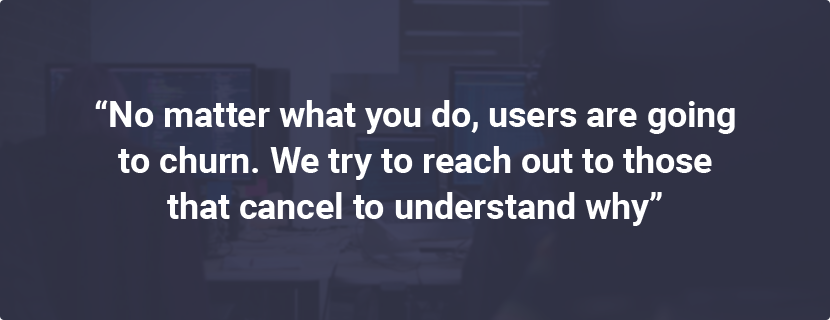
Next Steps for Customer Success
Once you’ve seen the customer through onboarding and adapting to using your service, it’s time to dial things back a bit. You still want to keep communication channels open, but you may communicate less frequently. It’s time to think about results.
Analysis
Whether your customer implemented your service successfully or not, it’s important to reflect on what happened.
If your customer renewed your service, are they still using it? To what extent? Review available data on their usage. You can also use a more direct approach such as sending out a survey. Ask about how satisfied they are with your service and how you could improve.
If your customer didn’t renew, reach out and find out why. This can give you valuable insight into where you can improve your customer success process. The training materials may need to be broken down more or the service may not have met their needs.
Upsell
Once your customer has renewed their service, think about what else you can offer. As always, look at it from their perspective. What else can you offer them that would improve their experience? Is there a higher package you can offer them as they grow? Let them know you’re there to partner with them and improve their experience.
Here’s where a customer success platform can come in handy, as it helps you reach out to upsell opportunities at the best time.
The future of customer success lies in adapting to the predictive actions. Just think about how Tesla uses its abundance of knowledge to make better decisions and create superlative experiences. Companies will gradually shift to a data-rich AI-infused support system. Businesses will have to rethink their business models, thanks to the constant flow of data
Shrushti Shah, Digital Marketing Expert at Acquire
Conclusion
It takes time to implement a customer success process, but your company depends on it. Take the time to think through your customer’s experience, and reach out each step of the way. Help them meet their goals and build on their success.
Are you ready to delight your customers? Check out the benefits of using a customer success platform and schedule your Custify demo now.

